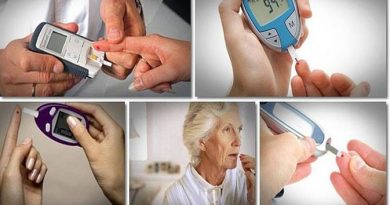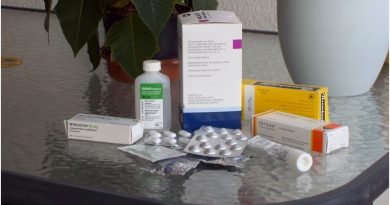Women, breast cancer and life insurance: what you need to know
Clyde Parsons, Chief Innovation Officer, BrightRock
During October every year, the medical fraternity highlights breast cancer and its effect on women of all races, nationalities and social circumstances. Besides its health impacts, breast cancer can also cause financial worries for families, something that your life insurance policy can help you manage.
What causes breast cancer?
According to the Cancer Association of South Africa (CANSA), breast cancer is the most common cancer in South Africa, affecting one in 28 women. In urban communities, the incidence is as high as one in eight, according to our National Health Laboratory statistics.
Several factors contribute to your likelihood of developing breast cancer. Firstly, lifestyle plays a major role — being overweight, eating unhealthily, not exercising regularly, drinking too much alcohol, smoking and stress can all put you at higher risk. The risk also increases significantly as you age.
Your family history can also play an important role, with certain types of breast cancer having a strong genetic link. Actress Angelina Jolie made headlines a few years ago when she chose to have a prophylactic double mastectomy. Although she hadn’t been diagnosed with breast cancer, she tested positive for the BRCA1 breast cancer gene, which had caused her own mother’s early death.
Regular self-examination and breast cancer screening
Fortunately, in most cases of breast cancer, regular screening can lead to early detection. And the earlier cancer is detected, the easier it is to treat. That’s why women of all ages need to do regular self-examinations, checking their breasts for any changes, lumps or bumps.[1] In addition, doctors recommend that women over the age of 40 should have yearly mammograms.
There are two types of lumps: benign (not cancerous) and malignant (cancerous). Benign lumps in the breast are often fibroadenomas, which are made up of fibrous and glandular tissue and duct papillomas. Adenomas, made up of glandular tissue, are most often benign but can turn malignant.
Malignant tumours of the breast are either ductal or lobular carcinomas. With ductal carcinoma, there is a 75% chance that it may spread, while lobular carcinomas have only a 10% chance of spreading.
The costs of breast cancer treatment
The cost of breast cancer treatment varies depending on the stage and aggression of the cancer. Treatment could include surgery, chemotherapy and radiation therapy. All medical schemes provide coverage for treatable breast cancer (subject to certain maximum limits), as it’s one of the Prescribed Minimum Benefits. Your level of coverage will depend on your medical aid option. Many medical aids offer coverage for related expenses like the cost of a wig during chemotherapy, the cost of breast prostheses and, in some cases, the cost of reconstructive surgery after a mastectomy. However, where women opt for treatment with some of the more expensive biological drugs or any form of experimental treatment, medical schemes may decline funding.
Life insurance and breast cancer cover
Life insurance can help you pay for additional expenses that may arise from cancer treatment that medical aids don’t cover, or if you don’t have medical aid. There are some aspects of life policies you should be aware of, though, especially if you have a family history of breast cancer or poor lifestyle habits. A good financial adviser will be able to advise you on the different options available to you in terms of protecting yourself against the financial impact of breast cancer.
Be sure to speak to your financial adviser about these four key points when it comes to your critical illness cover for breast cancer:
1. Additional expenses: Besides the costs of treatment covered by medical aid, there may be out-of-pocket medical expenses or additional costs that don’t relate directly to medical treatment. For example, the cost of hiring a driver or aftercare for your children while you are undergoing treatment. These unforeseen additional expenses that may result because of serious diseases like cancer costs can be covered by dread disease or critical illness cover in most life insurance policies.
2. Standalone cover: Many providers will reduce your cover for death or disability when you are paid out for a critical illness benefit, which cancer falls under. This could leave you exposed. Standalone cover for additional expenses mitigates this risk.
3. Cover for preventive surgery or early detection: Most insurance providers will only pay you out for the later stages of cancer. Some providers sell separate products that provide coverage at the earliest stages, stage 0 or stage 1 – but these may come at an additional cost.
4. Cover for progressions and multiple claims: Because cancer is a progressive disease, and certain breast cancers are fairly aggressive, it’s possible that the cancer may return after treatment.
However, some dread disease products still offer only one lump-sum pay-out to fund additional expenses.
The thought of you or your loved ones going through breast cancer can be scary, but it is important to stay informed about prevention, treatment, costs and insurance so that you can be prepared for most eventualities. Speak to your financial adviser for guidance.




